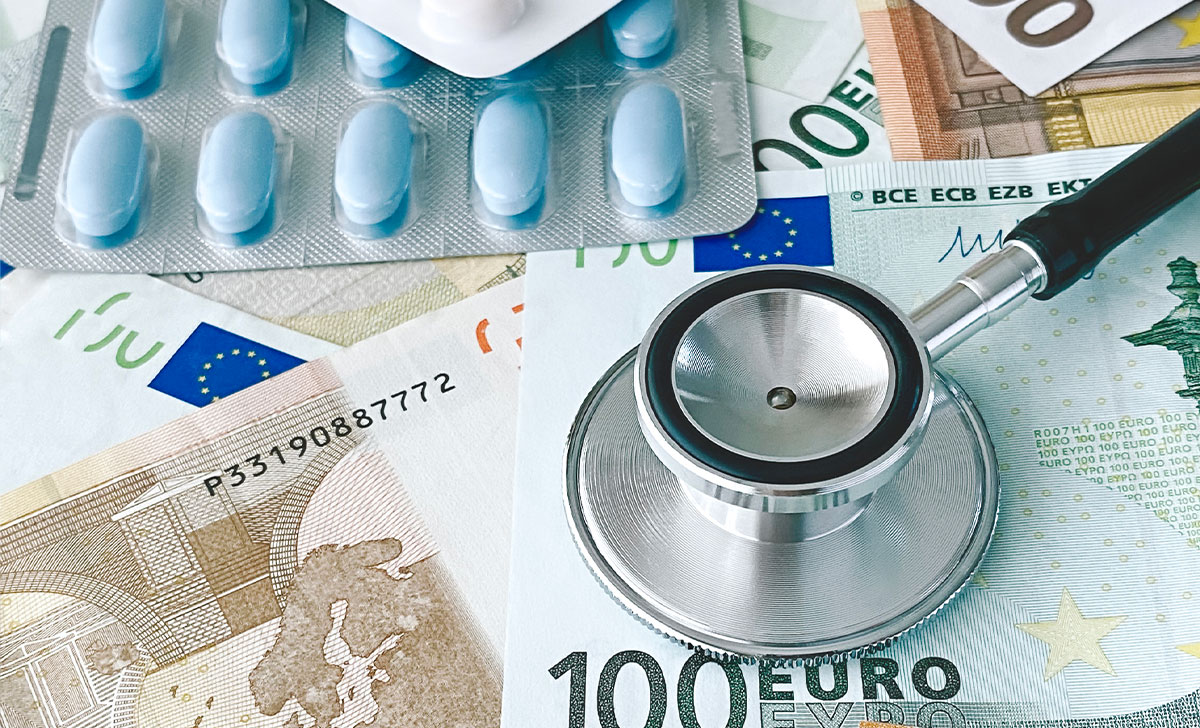The high-tech drugs payment scheme (HTDS) has become the highest costing scheme in State pharmaceutical expenditure, according to a spending review by the Department of Health (DoH) and Department of Public Expenditure and Reform (DPER).
The HTDS has been the area with the largest expenditure since 2018, with an average year-on-year increase of €62 million or 11 per cent between 2012 and 2020.
The Review of High-Tech Drug Expenditure, dated August 2021, showed that €794 million was spent on the HTDS in 2020, with €939 million forecasted to be spent last year. However, the HSE was unable to provide figures for 2021 when requested by the Medical Independent (MI).
A number of policy options for cost containment in the future were suggested in the report. A Department of Health spokesperson told MI that “detailed work is currently ongoing to examine the feasibility of particular options identified in the Irish context”.
For instance, the review recommended that improvements should be made to “existing agreements with industry which provide more favourable pricing terms”.
The Department spokesperson pointed out that, in December 2021, two new framework agreements on pricing and supply of medicines for the period 2021 to 2025 were signed.
“The multiannual agreements with the Irish Pharmaceutical Healthcare Association (IPHA) and Medicines for Ireland (MFI) represent an important step in reducing the cost of medicines and facilitating access to innovative new medicines for patients,” the spokesperson said. “It is estimated that the terms of the new agreements should contribute between €600 and €700 million towards the cost of medicines over the lifetime of the agreements.”
“A partnership-based approach is the best way to improve patients’ access to new medicines within a reasonable level of investment growth by the State,” according to an IPHA spokesperson. “That the innovation pipeline [for medicines] is strong attests to the power of science to change lives for the better. We should keep investing in innovation.”
This agreement with IPHA “builds on” the 2016-2020 agreement, “with all provisions of that agreement being carried forward, but substantially enhanced in a number of key respects”, according to a press statement at the time.
“The new measures in the agreement include increased rebate contributions from on-patent medicines, closing loopholes in relation to hybrid medicines, changing the reference date for price cuts, and increased savings from off-patent medicines,” the statement said.
Biosimilars
A parallel agreement with the MFI “provides for enhanced price cuts in the case of generic and biosimilar medicines”, according to the statement.
This measure aligns with the spending review’s recommendation to create “policies to promote the usage of generic and biosimilar medicines, including chemical-based prescribing, mandatory generic substitution, gainshare initiatives and the publication of a biosimilar strategy”.
While expenditure on non-originator (‘biosimilar or generic’) pharmaceuticals has increased between 2012 and 2020, when compared internationally “Ireland lags significantly behind comparator countries for biosimilar penetration”, according to the review.
It stated 15 per cent of State expenditure on pharmaceuticals was on generic medications, compared to 24 per cent in the OECD. Also, in Ireland 40 per cent of medications prescribed are generic, compared to 52 per cent in the OECD and 85 per cent in the UK.
This “likely results in a higher than average spend on pharmaceuticals for the same clinical benefit”, the review noted.
The review also recommended “the State could consider measures to promote international cooperation in pharmaceutical policy, including greater information sharing on pharmaceutical pricing and… joint procurement”. During the Covid-19 pandemic, “the joint procurement of Covid vaccines through the EU demonstrates the potential application of this approach”.
The “forecasting of multi-year expenditure commitments arising from potential allocations for investment in new medicines” should also be a policy consideration, according to the report.
“In general, the multi-year Exchequer impact of new drug introductions is not adequately taken into account when approval and reimbursement decisions are initially being made,” it stated. Cooperation between the DoH, HSE and DPER on budgeting multi-year level expenditure from newly approved drugs could remedy this, according to the report.
Quality adjusted life year
Changes to the quality adjusted life year (QALY) threshold (currently €45,000) were also recommended.
According to the review, the current QALY threshold lacks a formal basis. Therefore “the option exists to alter the threshold to achieve a stricter cost effectiveness criterion for new drug introductions.”
“This would have the effect of requiring at approval stage that new drugs provide better clinical benefits for their associated cost,” according to the review.
“This would further prioritise State expenditure towards drugs that are the most cost effective, producing an associated reduction in expenditure on less effective, more expensive pharmaceuticals.”













Leave a Reply
You must be logged in to post a comment.